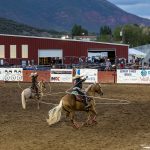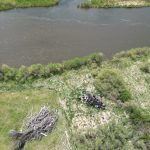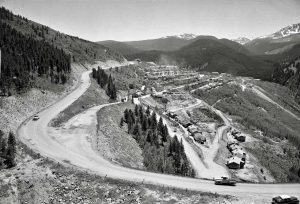Vail firefighters learn lessons from state’s massive wildfires
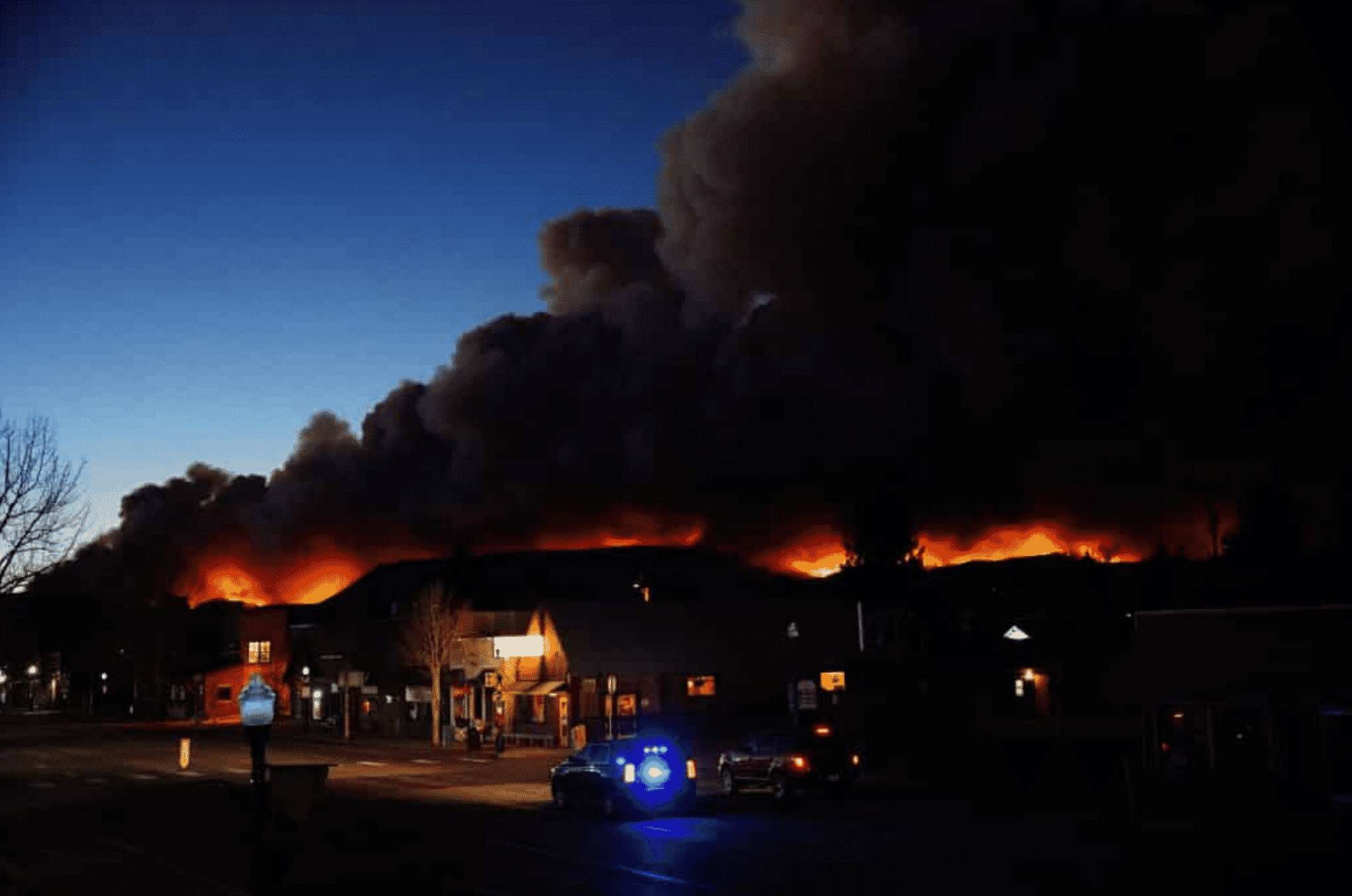
This year’s wildfire season had a destructive end at the East Troublesome fire in Grand and Larimer counties. Vail firefighters had a first-hand look at the damage.
Vail Fire Chief Mark Novak and Vail Wildland Program Manager Paul Cada Tuesday talked with the Vail Town Council about the lessons learned from the East Troublesome and Cameron Peak fires this year, and how those lessons apply to the town.
The East Troublesome fire exploded Oct. 20, when a combination of high winds and lingering drought consumed roughly 100,000 acres — more than 156 square miles — in a matter of hours.
20 of Colorado’s largest wildfires have occurred in the past 20 years.
11 of the state’s 20 largest wildfires have occurred since 2015.
Nine of the 20 largest fires have occurred since 2018.
Three of the state’s five largest wildfires occurred this year.
The fire resulted in thousands of evacuations, the loss of hundreds of homes and untold environmental damage to the lakes and reservoirs at the headwaters of the Colorado River.
Putting the size and speed of the fire into perspective, Novak said an equivalent blaze in Eagle County would have burned from Eagle to the top of Vail Pass and into Summit County — in a matter of hours.

Support Local Journalism
One of the lessons of the East Troublesome Fire is that natural fire breaks can fail.
The fire in Rocky Mountain National Park burned up to timberline, with spot fires spreading across the tundra at high elevations before starting in earnest in the forested areas on the eastern side of the Continental Divide. The fire also marched across farmers’ irrigated fields and other terrain.
“That fire burned extremely well and fast through every fuel type,” Novak said. “We shouldn’t rationalize that this kind of fire can’t occur in Vail.”
Higher danger in Vail
In fact, Vail is probably in more danger for structure loss, Novak said. In the East Troublesome area, homes were spaced out, and burned because of fire coming through the woods. Vail’s structures are far more tightly spaced.
Cada said one of the lessons of that fire was the priority of human safety in an initial fire response.
“We frequently talk about evacuation as a high priority … but what we’re seeing here we’re starting to see more frequently — not an evacuation but a rescue,” Cada said. That means getting out immediately.
“Firefighters put themselves in significant danger to get people out,” Cada said. That fire drove home the importance of thinking about where evacuation orders can come without warning.
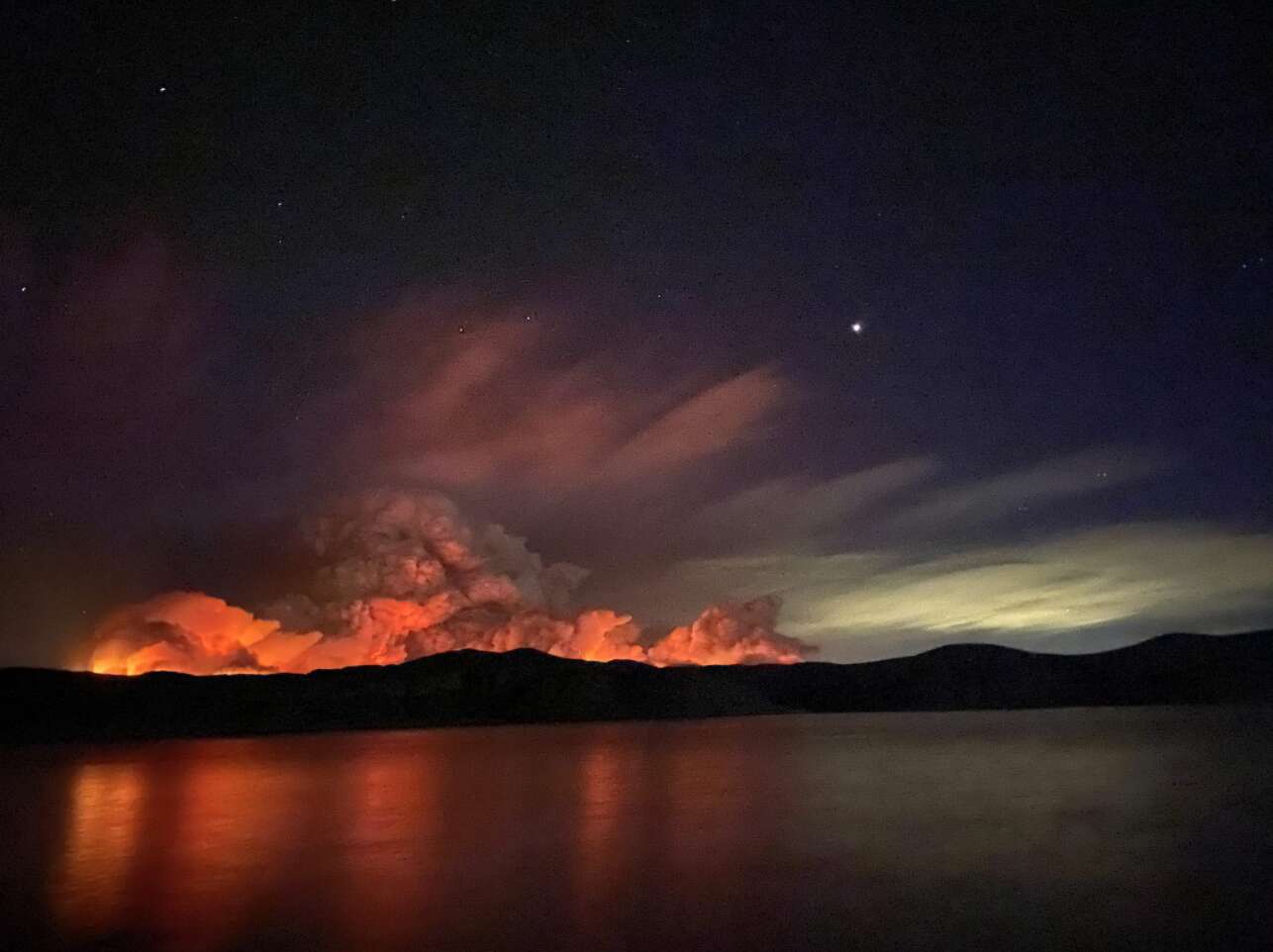
Cada added that the East Troublesome fire had a “tremendous impact” on business communities in the Grand Lake, Granby and Estes Park areas.
Impacts still being revealed
“We’re just starting to see what the impacts are going to be,” Cada said. The fire basically eliminated the hunting season in Grand County, one of that area’s main economic drivers.
“We’re just starting to realize the scope of the damage,” Cada said.
Recovery in those areas is going to be long and difficult. Cada noted that every burned home is now essentially a hazardous material cleanup site. Grand County, like most mountain counties, has little in the way of surplus housing, and construction crews can only move so fast.
Novak noted that one of the problems revealed by East Troublesome is a relative lack of resources.
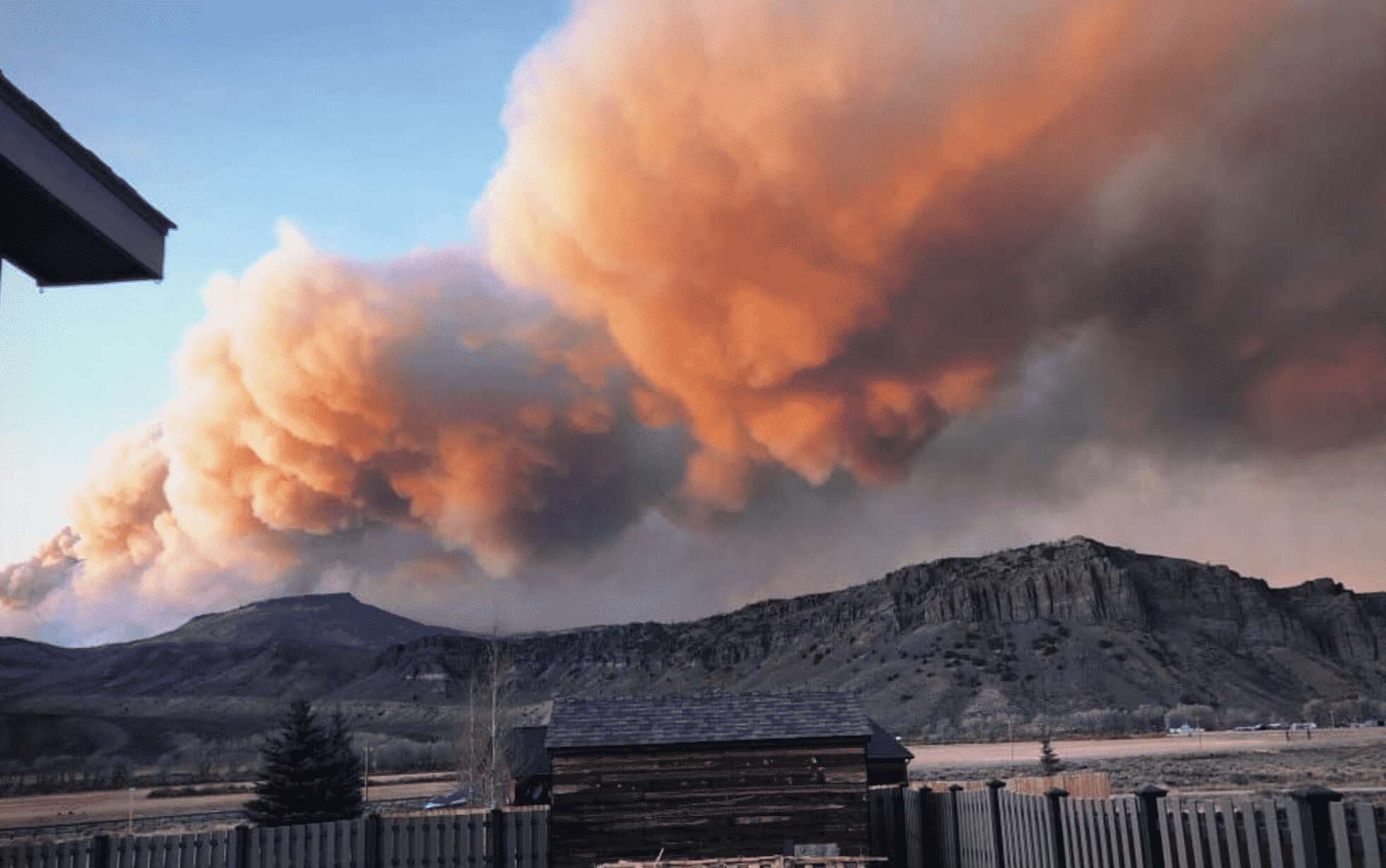
“It’s important to make sure we’re looking forward to the future,” Novak said.
Part of going forward is changing the way new structures in Vail are built and old structures are renovated.
“We want to promote stand-alone structures,” Cada said, adding that means structures that don’t need firefighters’ aid to survive a wildfire.
“It’s unrealistic to expect a fire engine or firefighter in every driveway,” he added.
Novak added that Vail officials and residents need to get used to the idea of making structures more fire-resistant. They also need to re-think what materials are used for screening.
“I’ve talked about these issues for years… and I get more and more nervous,” Councilmember Brian Stockmar said. While town codes and requirements help, Stockmar added that a lot of “fire-hardening” a community comes down to residents to clean up yards and use fire-resistant construction practices.
Novak noted he received some angry emails during the creation of the town’s wildfire protection plan. Some residents accused him of “wanting to change the character of Vail,” he said.
“A major fire would change the character of Vail,” Stockmar noted. “We need to act, and we need to do it quickly.”


